Quoddy, Rancourt, and Oak Street Bootmakers: What’s the Difference?
American Handsewns:
When it comes to American-made handsewn footwear, there are really three names that consistently come up: Quoddy, Rancourt, and Oak Street Bootmakers. Over the last few years, each of these brands have grown from relative obscurity to being the faces of this classically American style.
Of course, these are not the only choices. There are brands like Yuketen, Russell, Arrow, Easy Moc, and more. Each of those make at least some of their shoes in the United States. If you’re willing to go across borders, there are countless other brands including Sperry, Allen Edmonds, Cole Hann, and Bass. However, when most people are comparing brands, it’s the three in the title that they start off with.
Before we jump in, what is a handsewn? In a simple answer, it is any shoe that has a moccasin-style toe sewn by hand. This type of stitch typically uses thick, contrasting stitching as a design feature. Beyond that, the definition gets a bit fuzzy. “Handsewn” could mean any number of things: a house slipper, camp moc, boat shoe, penny loafer, or even a boot.
Deep down, though, it is a classically American style – and I mean truly American. It is a blend of Native American, Appalachian Hunter, and East Coast Ivy League style. It’s been worn by Presidents, hip hop artists, teachers, and surfers. A melting pot in the greatest sense of the word.
History:
When it comes to the history of these brands, it’s amazing just how intertwined they are not only with each other, but with many other famous brands.
Quoddy:
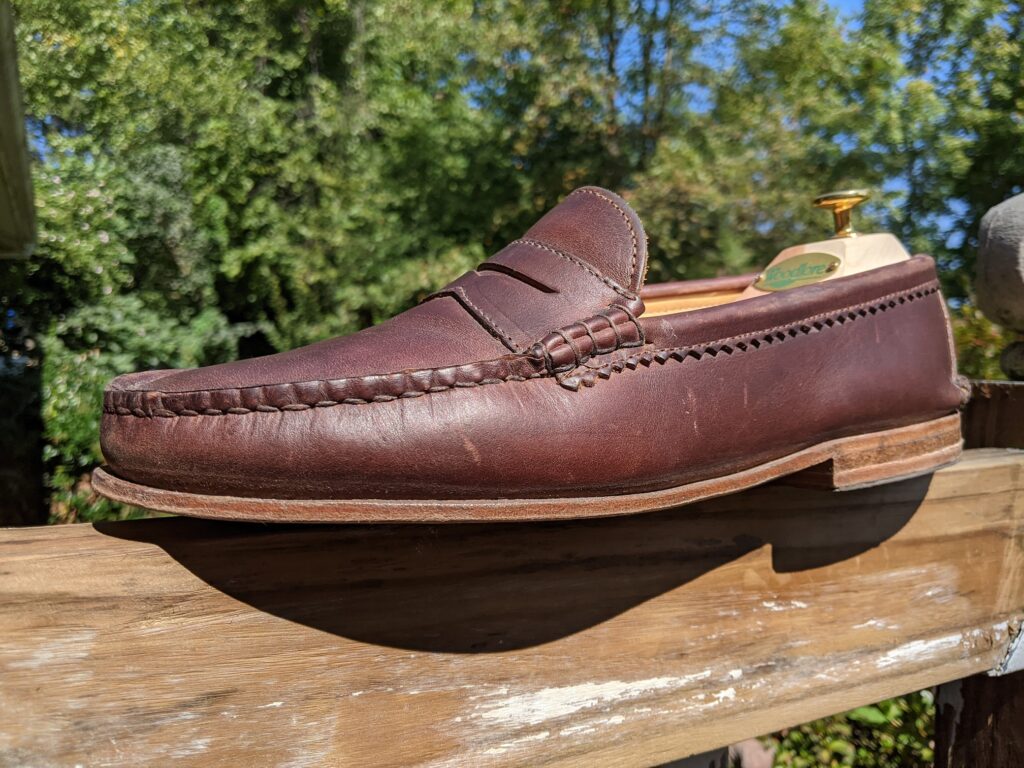
Quoddy as a brand can trace it’s linage back to as early as 1909, though it didn’t resemble what we think of until the 1940’s. It was in the post-WWII world when the owners decided to switch from simply selling shoes to making them themselves.
Unfortunately, that iteration of the company wasn’t meant to be. Within two decades they had been bought up by a conglomerate, and eventually the name and factory were abandoned. It wasn’t until the 1990’s, when a group consisting of a descendent of the original founder, his wife, a Japanese fashion designer, and a former Nike executive each put their fingerprint on the Quoddy we know today.
The current iteration of Quoddy bought an old Cole Hann factory in Lewiston Maine, and have been making the majority of their footwear there since.
Rancourt:

The story of Rancourt has some surprising similarities to Quoddy. Starting as a family-owned business in the 1950’s, the company mostly made white label shoes for various larger brands. However, Cole Hann, one of their biggest customers, ended up buying the company after just a few years.
When Cole Hann themselves were bought by Nike, it was decided to shut the factory down. The brand was going to move production entirely overseas.
The Rancourt family then followed a similar process. Founding a company, having it bought out a few years later by a customer – this time by Allen Edmonds – and eventually having that factory shut down and moved to production in the Dominican Republic.
Rancourt & Co., the current name of the brand, is the third company founded by the family.
Oak Street Bootmakers:
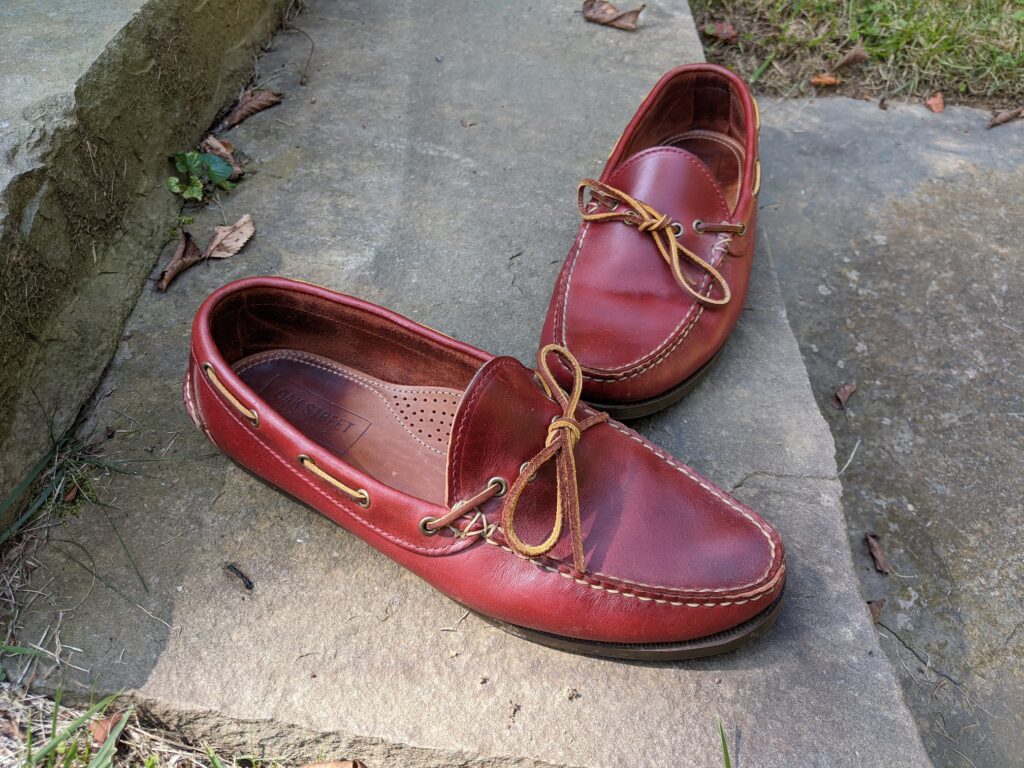
The Chicago-based Oak Street Bootmakers, or OSB for short, breaks from the mold set by the other two. While, the founder did have a family history in footwear, he was as the son of a cobbler. Not a factory owner. In fact, OSB was more similar to the companies that bought from Quoddy and Rancourt. They purchased all of their handsewns from the Highland Shoe Co.
However, just as OSB was starting to grow, many of Highland’s other clients – including big names like Sebago, Timberland, and even Alden – were starting to move away from U.S.-made handsewns. Highland announced that they were shutting down for good in 2017, with 27 people set to lose their jobs.
Thankfully, OSB was able to step in, buy the factory, and save those jobs. They now produce all of their own handsewn shoes (their GYW line is made elsewhere), and operate similar to the other companies by making their own shoes in their own factory.
Style and Build:
I don’t think it needs to be said that these brands are far more similar in style than they are different. However, they are not identical. When shopping for a shoe in this price bracket, it’s important to understand what makes each brand stand out from the other.
Quoddy:
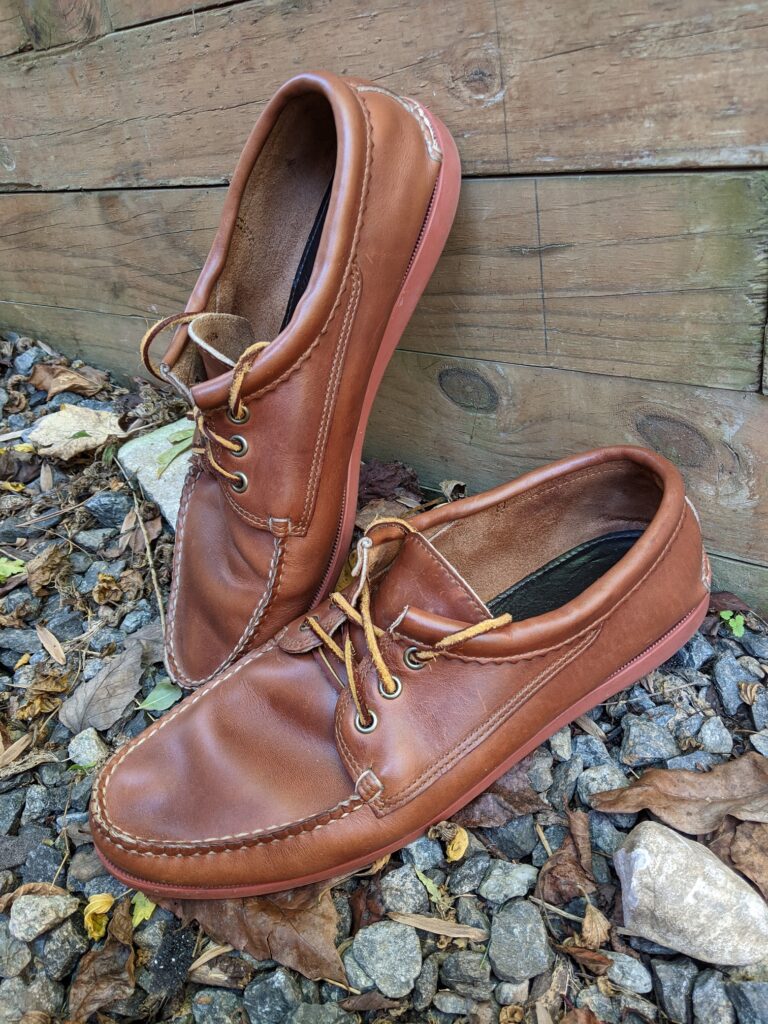
Focusing on classic style, Quoddy is by far the most “rustic” of the three. They are more likely to leave edges unfinished – see the Blucher model for a perfect example. Further, things like the moc-toe are likely to be less even than you might see on other brands. This rustic design isn’t something that is inherently bad. Indeed, for many, the biggest draw of the brand is their casual appearance. This brand offers a clear delineation from the world of suits and oxfords.
In my experience, when picking hides, Quoddy typically opts for the softest leathers possible. This further amplifies their look as the shoes come out of the box with almost no structure and then collapse even further after a few wears. The insole leather of quoddy is also the softest of the three.

The softness doesn’t stop with the upper. Quoddy offers the softest sole three – a Vibram or leather wrap. Even their most formal sole, the leather on the true penny, is thin and features sipping to help it break in quickly. It’s worth pointing out that for their rubber soles, Quoddy does use name brand rather than an in-house option.
If you’re looking for a design as close as possible to an idealized moccasin, Quoddy may be the brand for you.
Rancourt:
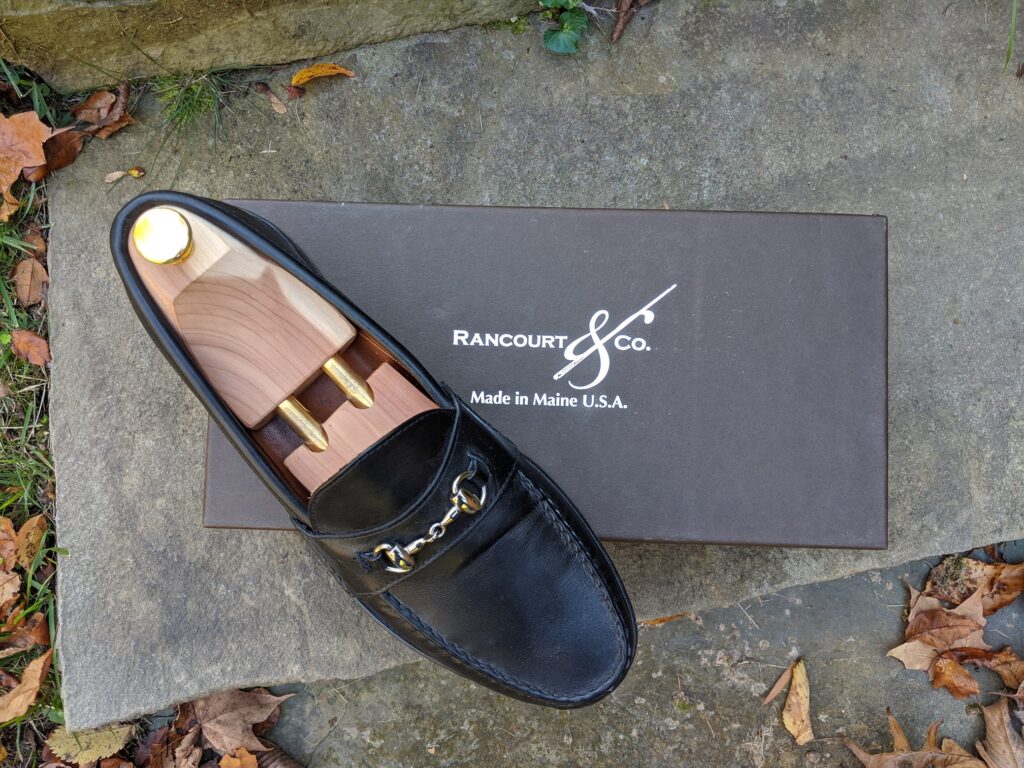
If Quoddy leans heavily in the direction of rustic, Rancourt is on the other end of the spectrum. When building their shoes, Rancourt focuses on clean cuts and even stitching. While still hand-made, you would be forgiven if you thought these were machine cut. Again, this isn’t a bad thing. More than the other two, Rancourt offers a shoe that can blend business casual and true casual.
In fact, even among their handsewn line, Rancourt offers styles that wouldn’t be out of place with a suit. Their bit loafer, for example, is made of calf leather, uses very fine stitching, and has a higher “dress shoe” style heel.
When choosing leathers for their uppers, Rancourt tends to prioritize hides that are stiffer and more likely to keep their shape. Underneath, Rancourt’s leather soles are typically thicker and stiffer than the other two – though they do offer the wonderful Lactae Hevea sole which is quite soft.
If you’re looking for a design that can be a bit more dressed up, Rancourt may be the brand for you.
Oak Street Bootmakers:

While the other two brands tend to sit on the extremes of the spectrum, OSB goes for the middle ground. OSB generally with feature a mix of casual and formal – such as having an incredibly even moc toe cut with chunky thick stitching holding it in place. This isn’t a hard rule, however. OSB changes their line up fairly regularly and you will sometimes find extremely casual or more formal options.
When it comes to materials, OSB is more likely to use rare options than the other two. Like their styles, this can change over time, but when this was written OSB offers handsewns in Chromexcel (both traditional and extra thick), Rapello Suede, Orion Suede, Latigo Veg-tanned, Chromepack, and Roughout. Inside, they use a full-length vegetable tanned leather insole.
If you’re looking for something that fits in best with chinos and an oxford cloth button down, Oak Street Bootmakers may be the brand for you.
Sizing and Comfort:
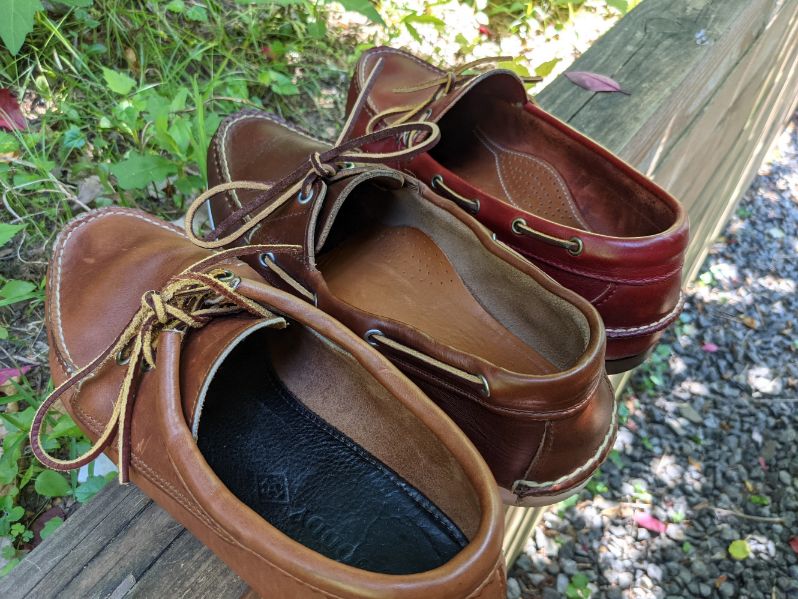
Quoddy:
When it comes to sizing, Quoddy is going to be the friendliest to those with wide feet. Not only are their lasts the widest, particularly in the forefoot, but because they aim for shoes with softer leather and less structure, they are the most likely to stretch to your foot. From personal experience, I have Quoddys in 11, 11.5, and 12 and in each case, they have all resulted in a shoe that fits since the smaller sizes ended up stretching out so much.
One area where minimal design is a real let down is support and impact protection. Quoddy shoes basically have none of either. Expect a basically flat insole with the outsole material doing 99% of the work when it comes to softening the blow of walking.
Rancourt:
Rancourt’s last shape is designed for individuals with a wider midfoot, with generous space in the middle of the shoe combined with a narrower toebox. If you have a wider foot, you might want to go up a half size compared with more traditional handsewn makers, but this is a great pair for those who are swimming in the more rounded forefoot of other brands.
Inside, Rancourt tends to build up their shoes a bit more. You’ll find some arch support, and they typically have a small amount of padding under the heel to provide some impact protection. It is worth pointing out that Rancourt only uses a half-length insole, so the Blake-stitching at the front of the shoes is exposed. If you plan on wearing these shoes without socks, this is something that you will feel, and it can bother a lot of people at first.
Oak Street Bootmakers:
OSB actually has two different lasts that they use for their hand sewns, but in my experience they both fit in a very similar way. Featuring a classic “American-style” design, the rounded toe box is fairly easy to fit with a variety of shoe shapes, though because they tend to be a bit more structured it isn’t going to be as good for a wide-foot as the Quoddys.
Inside, OSB does the best job of providing support. They have the highest built arch (though, still lower than the average goodyear welted shoe), the most structure to hold your heel in place, and the insole will shape to your foot better than what the other two use. If you’re on vacation and need one pair to check out a new city, the OSBs will leave your feet in the best shape at the end of the day.
Pricing:
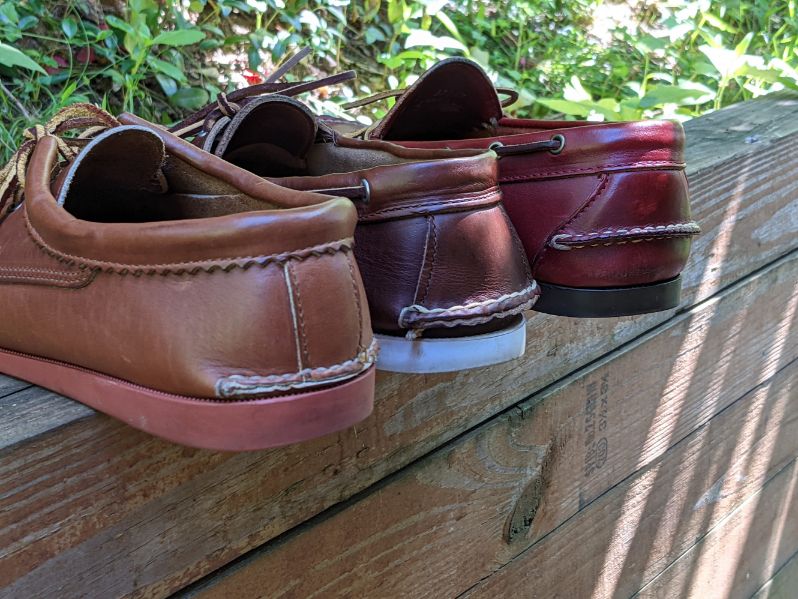
Two years ago, this would have been a much harder comparison. Even as recently as 2019, each of these brands were sold in countless retailers, for varying MSRPs and discounts. A true comparison would have been nearly impossible.
Recently, however, all of these brands have worked to cut down on the number of stores carrying their shoes. While this does mean it’s easier to compare, it also generally means that it’s harder to find any of them at a steep discount.
Quoddy:
Penny Loafer: $275
Camp Moc: $275
When it comes to their traditional handsewn models, Quoddy falls right around $275 for all of them. It is possible to find them for less, however. The first place I would recommend is this ebay store. While there is no official connection between this store and Quoddy, they exclusively sell new Quoddy shoes and operate within a few miles of Quoddy’s headquarters. You can draw your own decisions.
Another option to look out for is their semi-annual tent sale. What started as an in-person event in Maine has moved online during the pandemic and now offers great prices to everyone. While sizing is limited, it’s possible to score a pair for as low as $100 dollars.
When it comes to keeping your Quoddy’s running, Quoddy offers a resole and refurbish service for $129, though they regularly offer a deal for $99.
Rancourt:
Penny Loafer: $295
Camp Moc: $250
On average, at MSRP Rancourt comes in around the same price as Quoddy, though there is a lot more variance on individual models. Traditionally, Rancourt rarely runs sales. In fact, most years they offer only a small amount off (usually 10%) on Black Friday, a 10% off your first order discount. That’s it.
This traditional model of few sales has changed recently. What started off as a campaign to keep the factory running during COVID has led to a series of “crowdfunded” campaigns that offer shoes at a steep discount if you buy one of their preselected models and pay in advance. It isn’t clear if this is a long-term business model for them, but it’s possible to get their shoes at a discount of around 40%.
One area where Rancourt really shines is keeping their shoes going. First, they offer a lifetime warranty on construction. However, more importantly, resoling their shoes is significantly cheaper than the others. A camp sole/boat sole can be done for just $60, and a leather sole for $85. It is worth noting that if you want the refurbish it costs a more in-line $135.
Oak Street Bootmakers:
Penny Loafer: $328
Camp Moc: $282
OSB are, without exception, the most expensive of the shoes to buy at MSRP, generally costing around 20% more than the competition. While it is possible to find these shoes on sale, because of the higher starting price you’re most likely still going to end up spending a bit more for the OSB.
If you are looking for sales, the best place to find them is on OSB’s website itself. They generally run sales around the big holidays – Memorial Day, Labor Day, Black Friday, etc. – where the entire website is on sale, typically 20%. You can find better deals, however. As mentioned above, OSB tends to introduce more experimental models for a limited run. If one of these don’t sell well, they end up heavily discounted – sometimes as much as 40 or 50%. Of course, these might be colors or designs that differ from a traditional handsewns.
For a long time, OSB didn’t advertise their resole service, though it was offered on a case-by-case basis. Thankfully, they now have a standard service for the average person: $120 for a resole and refurbish.
Wrap Up:

When it comes to the “big 3” handsewn makers, you really can’t go wrong. Each of them offers a unique take on the style, allowing us shoe lovers to fine tune exactly what we are getting.
However, I’d be interested in your thoughts. If you have experience with these brands, leave a comment below and say which one you prefer, and why.
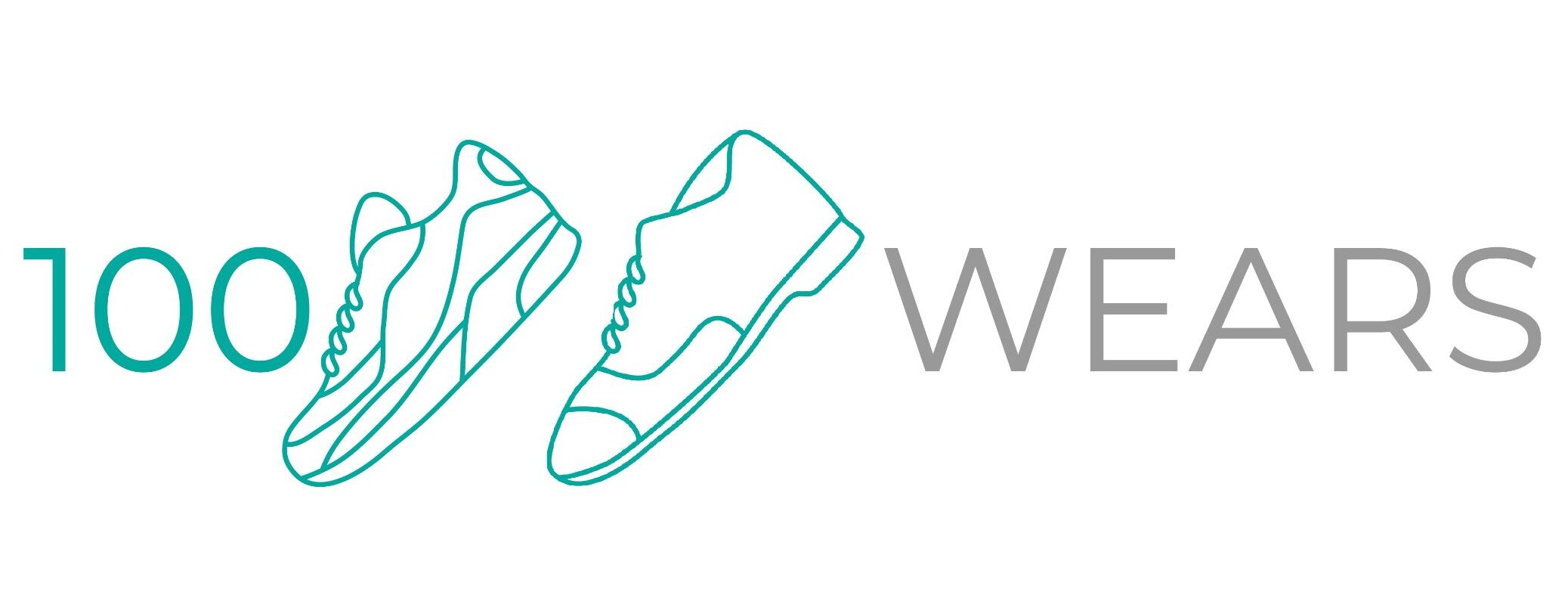

I have both Rancourt and Quoddy. Both are exceptional quality. Rancourt provides more sophisticated styles. Quoddy more “down home cookin” styles. Can’t go wrong with either.